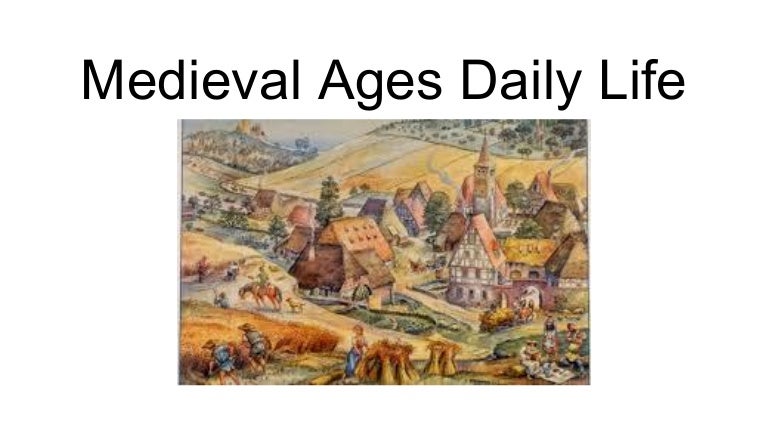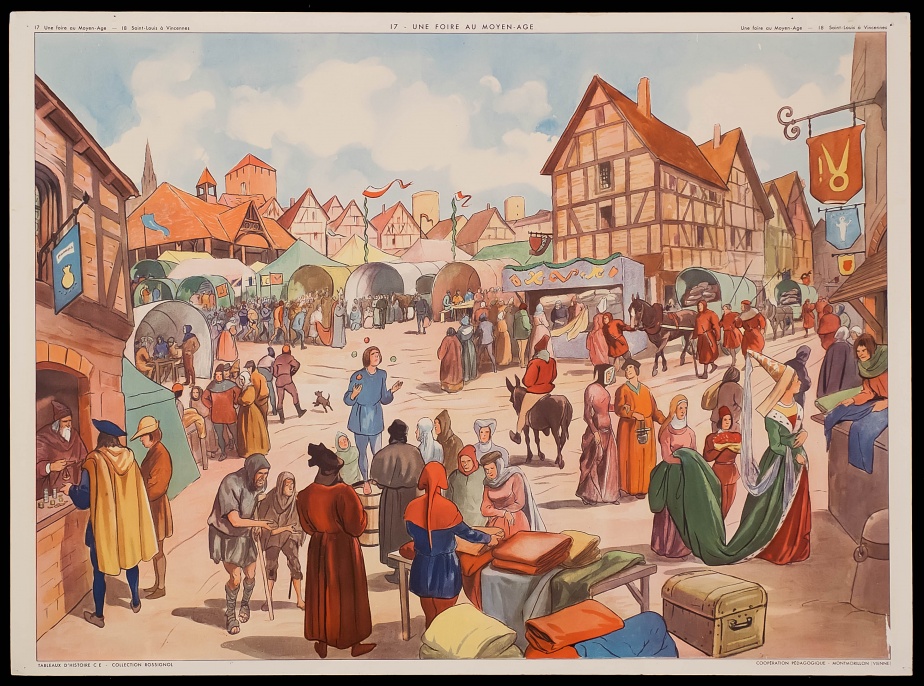

This represented the most shattering defeat that the Romans had suffered since the Battle of Cannae (216 BC), according to the Roman military writer Ammianus Marcellinus. Only one-third of the Roman army managed to escape. While the Romans were fully engaged, the Greuthung cavalry arrived. Not wanting to share the glory, Eastern Emperor Valens ordered an attack on the Therving infantry under Fritigern without waiting for Western Emperor Gratian, who was on the way with reinforcements. The general decline in discipline also led to the use of smaller shields and lighter weaponry. By this time, the distinction in the Roman army between Roman regulars and barbarian auxiliaries had broken down, and the Roman army was composed mainly of barbarians and soldiers recruited for a single campaign. In the Gothic War (376–382), the Goths revolted and confronted the main Roman army in the Battle of Adrianople (378).
#Life in medieval europe professional#
The decline in agricultural and economic activity reduced the empire's taxable income and thus its ability to maintain a professional army to defend itself from external threats. While a barbarian army could be raised and inspired by the promise of plunder, the legions required a central government and taxation to pay for salaries, constant training, equipment, and food. The Romans preferred infantry to cavalry because infantry could be trained to retain the formation in combat, while cavalry tended to scatter when faced with opposition. The discipline and organization of a Roman legion made it a superb fighting unit.

However many bribed the Danube border-guards into allowing them to bring their weapons. The Goths sought refuge in Roman territory (376), agreeing to enter the Empire as unarmed settlers. They had mastered the difficult art of shooting composite recurve bows from horseback. The Huns, a confederation of central Asian tribes, founded an empire. The arrival of the Huns in 372–375 ended the history of these kingdoms. In Dacia (present-day Romania) and on the steppes north of the Black Sea the Goths, a Germanic people, established at least two kingdoms: Therving and Greuthung. Įarly in the 3rd century Germanic peoples migrated south from Scandinavia and reached the Black Sea, creating formidable confederations which opposed the local Sarmatians. Replica of the Sutton Hoo helmet the original was buried with an Anglo-Saxon leader, probably King Rædwald of East Anglia, c. The migration of various tribes stabilized in much of Europe, although the Viking expansion greatly affected Northern Europe. Europe experienced a return to systematic agriculture in the form of the feudal system, which adopted such innovations as three-field planting and the heavy plough. In 800, the title of Emperor was revived in Western Europe with Charlemagne, whose Carolingian Empire greatly affected later European social structure and history. Many of the listed trends reversed later in the period. However, the Eastern Roman Empire, or Byzantine Empire, continued to survive, though in the 7th century the Rashidun Caliphate and the Umayyad Caliphate conquered swathes of formerly Roman territory. In the 19th century the Early Middle Ages were often labelled the Dark Ages, a characterization based on the relative scarcity of literary and cultural output from this time, although the term is scarcely used by academics today.

The period saw a continuation of trends evident since late classical antiquity, including population decline, especially in urban centres, a decline of trade, a small rise in average temperatures in the North Atlantic region and increased migration. The alternative term late antiquity, for the early part of the period, emphasizes elements of continuity with the Roman Empire, while Early Middle Ages is used to emphasize developments characteristic of the earlier medieval period. They marked the start of the Middle Ages of European history, following the decline of the Western Roman Empire, and preceding the High Middle Ages ( c. The Early Middle Ages (or early medieval period), sometimes controversially referred to as the Dark Ages, is typically regarded by historians as lasting from the late 5th or early 6th century through the 10th century. The jewelled cover of the Codex Aureus of St.


 0 kommentar(er)
0 kommentar(er)
